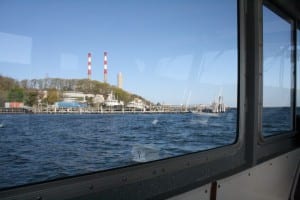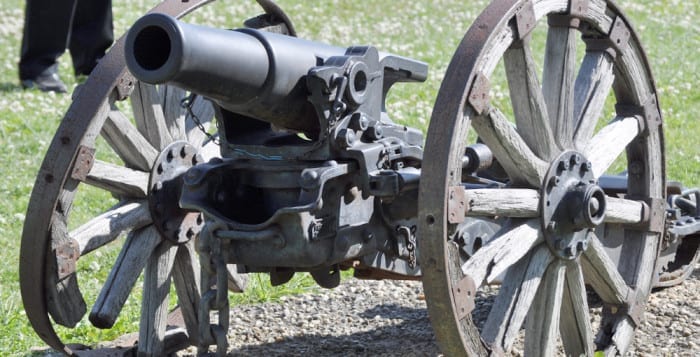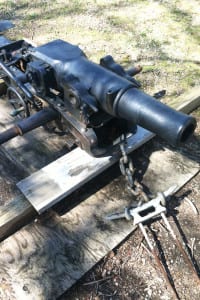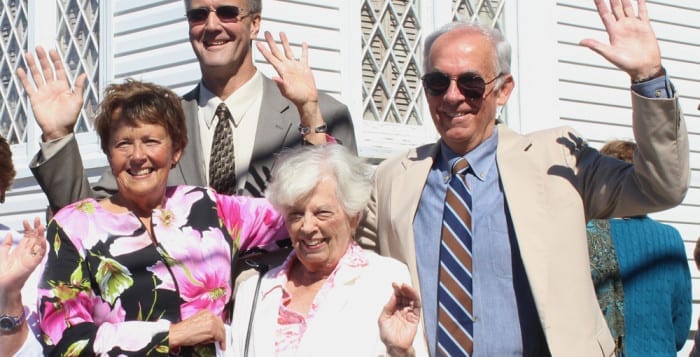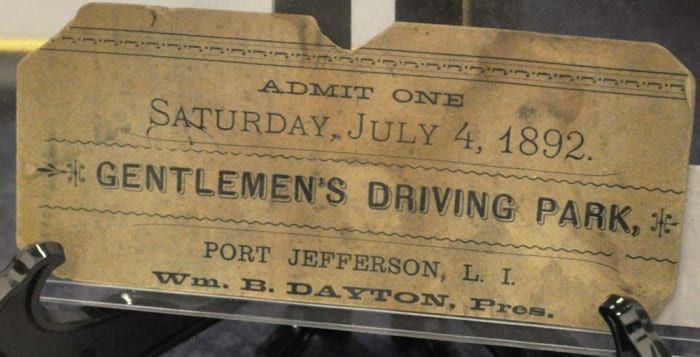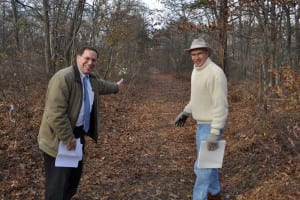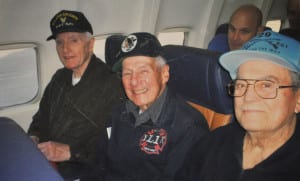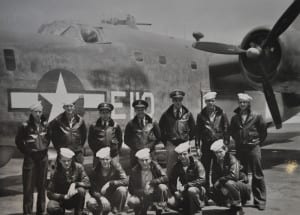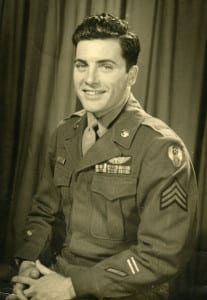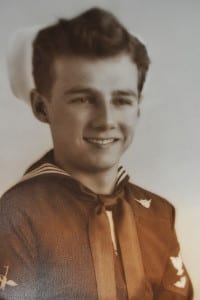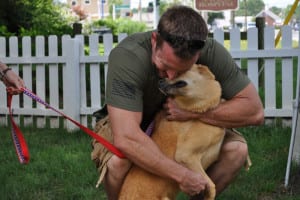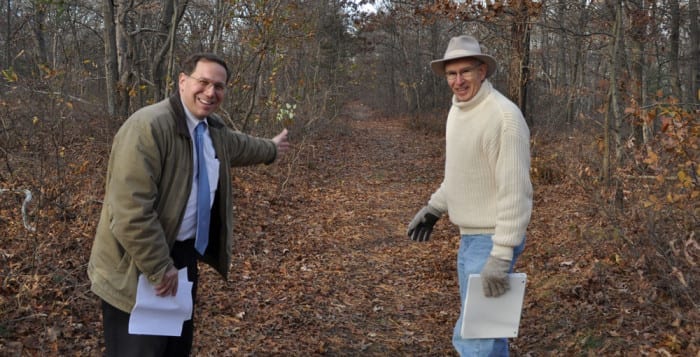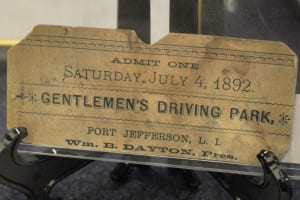Word that a retirement community is being proposed for Heatherwood Golf Club in Terryville brought residents out in full force to last Wednesday evening’s Port Jefferson Station/Terryville Civic Association meeting, where they raised concerns about density, increased traffic, storm drainage and sewage.
Doug Partrick, an owner of multifamily housing developer Heatherwood Communities, was at the meeting to present the plan for a 200-unit housing complex on the 70-acre property at Arrowhead Lane and Nesconset Highway.
His family has owned Heatherwood Golf Club since the 1960s but it “is no longer viable as a standalone,” he said. With fewer people golfing, the company — which also owns Pine Hills golf course in Manorville — “no longer can carry the golf course as it is without consideration for development.”
Partrick, architect Steven Hanson and engineer Michael Marinis propose to turn the 18-hole course into one with nine holes that would wrap around two-bedroom rental homes. The residences would be a combination of ranches, townhouses and first- and second-floor flats.
Of the golf course’s 70 acres, homes would be built on 25 acres and 45 acres would remain open space, Partrick said.
Hanson said the new homes would offer direct access to the course, which would act as a buffer between the development and the surrounding community, but that the course would remain open to the public.
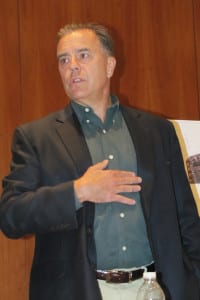
Of particular concern to residents at the meeting was the fact that development on the golf course could violate the 2008 Comsewogue Hamlet Comprehensive Plan, a study and land-use plan for the area. According to Lou Antoniello, the civic association’s treasurer and chairperson for that hamlet study, the large majority of Port Jefferson Station and Terryville had already been built up at the time of the study, and surveys indicated that residents did not want the few remaining open spaces to be developed.
The study laid out the type of development locals wanted to see, and was geared toward preserving the area’s open space and history while creating a balance of living, shopping and cultural areas, Antoniello said. He sees that balance in jeopardy, as there are several senior housing communities already built or proposed.
MaryAnn Johnston, president of the Affiliated Brookhaven Civic Organization, an umbrella group of about 30 civic groups, said it would be a “waste and abuse of residents’ time and energy” if local development did not follow the guidelines of the study.
Councilwoman Valerie Cartright (D-Port Jefferson Station), who attended the civic meeting, said in a written statement that the study was “a reflection of the community’s vision” and that she continues “to support the desires of these residents” in her role on the town board.
Residents at the meeting also said they were concerned that the new project could exacerbate traffic problems on the already congested Nesconset Highway and asked about storm drainage and sewage from the property.
Heatherwood representatives said they have yet to conduct a traffic study, but have plans to handle drainage through the construction of ponds, and the 200 housing units would be hooked up to a county-owned sewage treatment plant.
Winning support from residents is only one of the difficulties facing the developer — overcoming zoning hurdles could be another. The property is currently zoned as A Residence 5, which allows one housing unit per 5 acres.
Asked what he would do if the development does not move forward, Partrick said he’d have to ask himself if he would be “better off consistently losing money on the golf course or … just shutting the golf course down, leaving it dormant” and paying taxes on the land.
Civic association leaders said they needed more information on the Heatherwood proposal before deciding whether to support it. However, an informal vote showed that most of those who attended the meeting opposed the development as it was presented.
Cartright advised residents to “listen and reflect on each of these individual proposals to determine what is in the best interest of the community and in line with their vision.”



